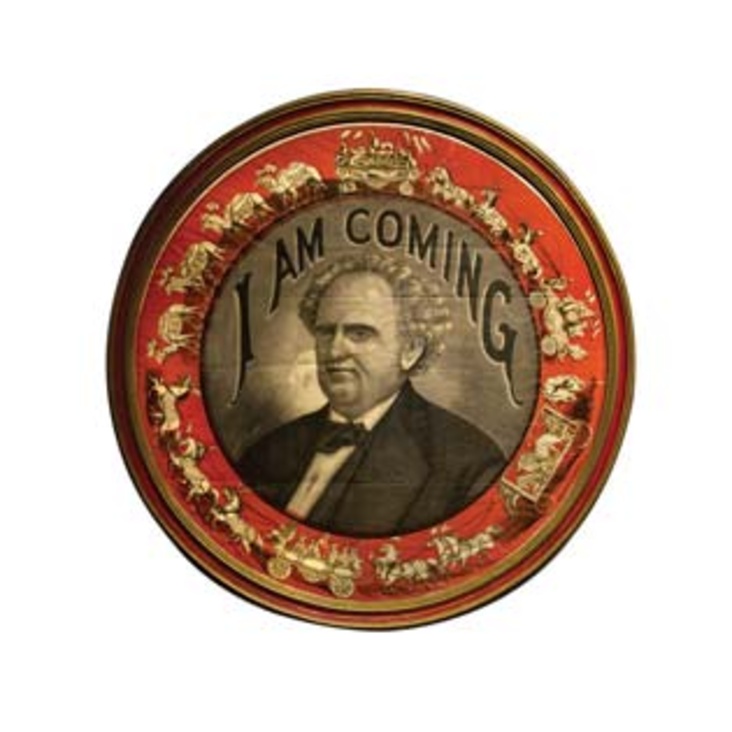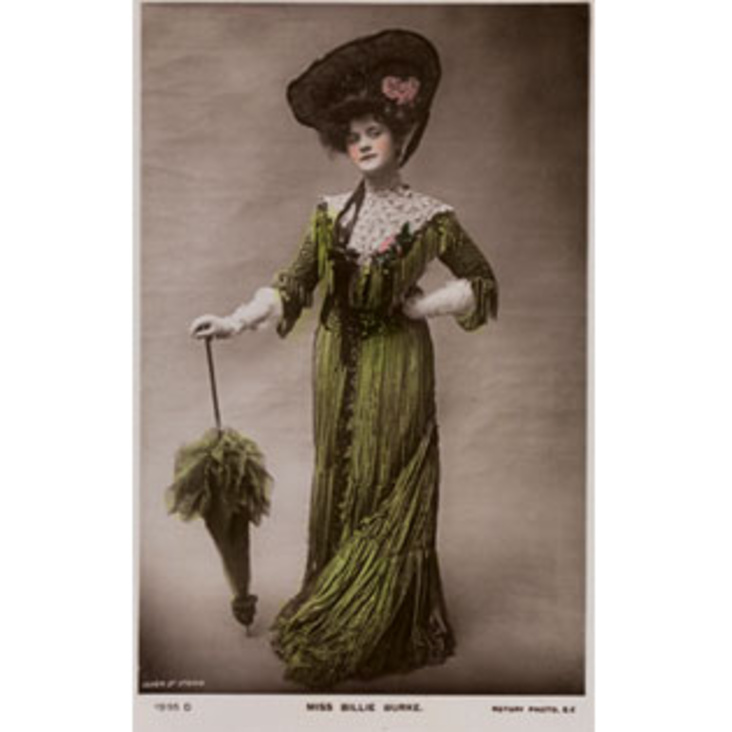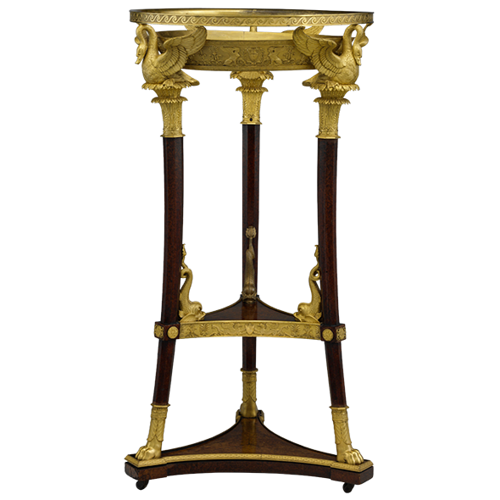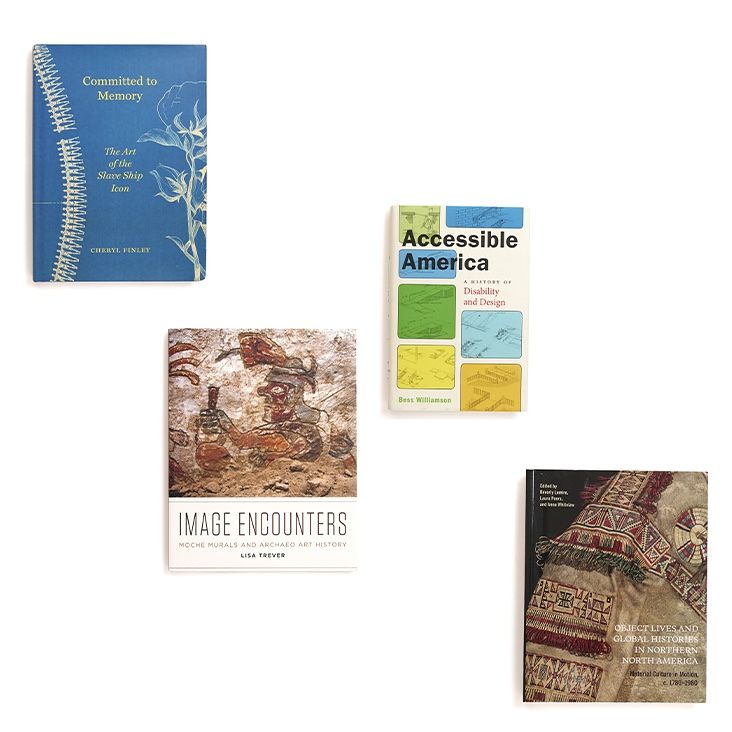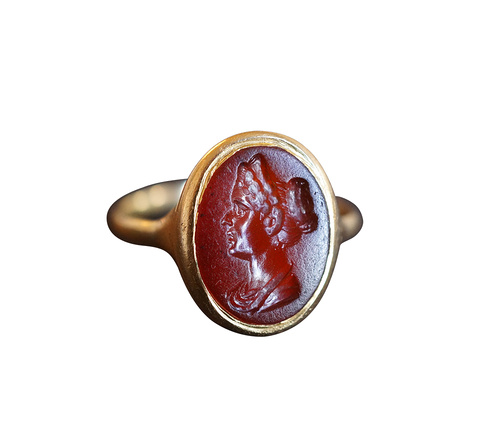
Made by John Robson (ca. 1846–1924), Haida
Wood, paint
Collected by John Swanton in 1901
American Museum of Natural History 16/8758
In First Nations communities, models sometimes serve as markers for the transfer of rights to full-sized poles, canoes, and houses. In such cases, the model’s significance lies not in exact simulation but in the extent to which local people can recognize the crests depicted. During the Jesup Expedition, Franz Boas asked his collectors to assemble model poles to aid in deciphering Haida kinship organization and mythology. John Swanton commissioned artist John Robson to carve at least thirteen small poles, which were in theory modeled after existing full-sized poles in Skidegate village. From the top down, this one depicts the mythological sea creature Wasgo, a killer whale, a raven, and a grizzly bear holding a human in its mouth—all of which were crests belonging to a Skidegate chief. For ethnologists, miniature poles stood as evidence for scientific classifications of exotic cultures thought to be disappearing. For tourists, they commemorated personal experiences along the coast. Such portable carvings were thus produced in an intercultural setting in which both Native artists and Euro-American consumers played significant roles, even if local meanings were lost as objects were relocated.


